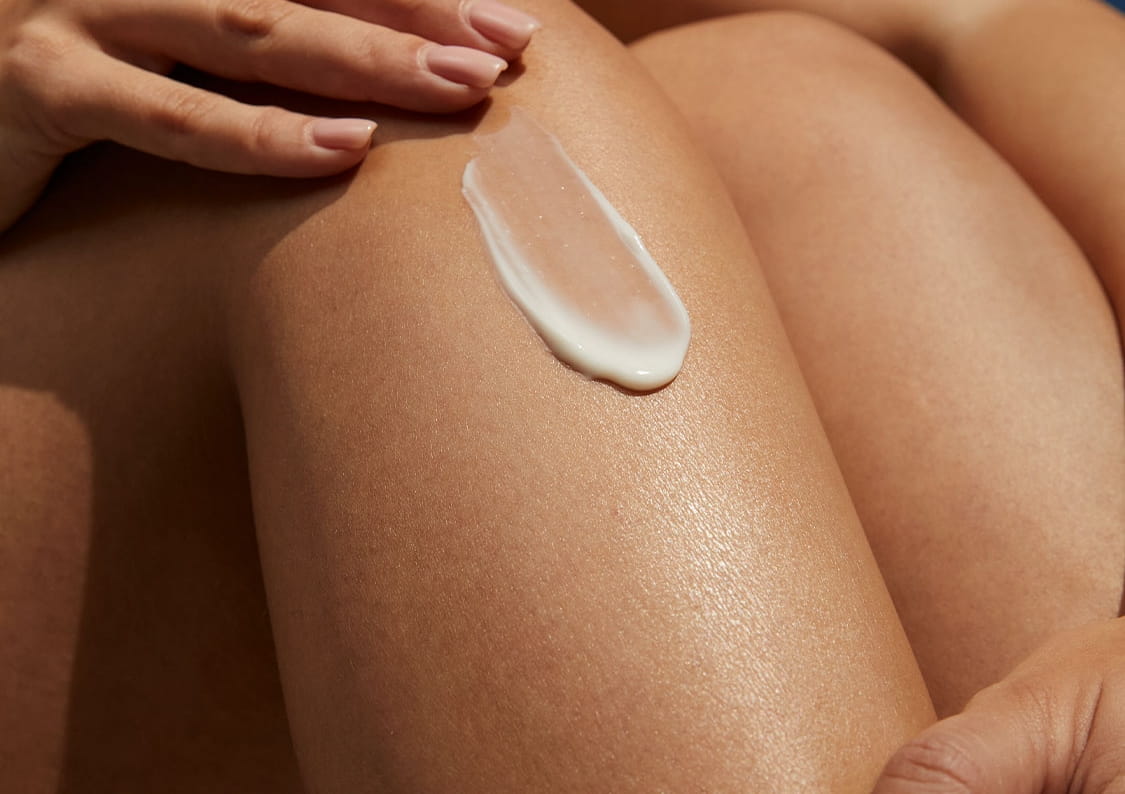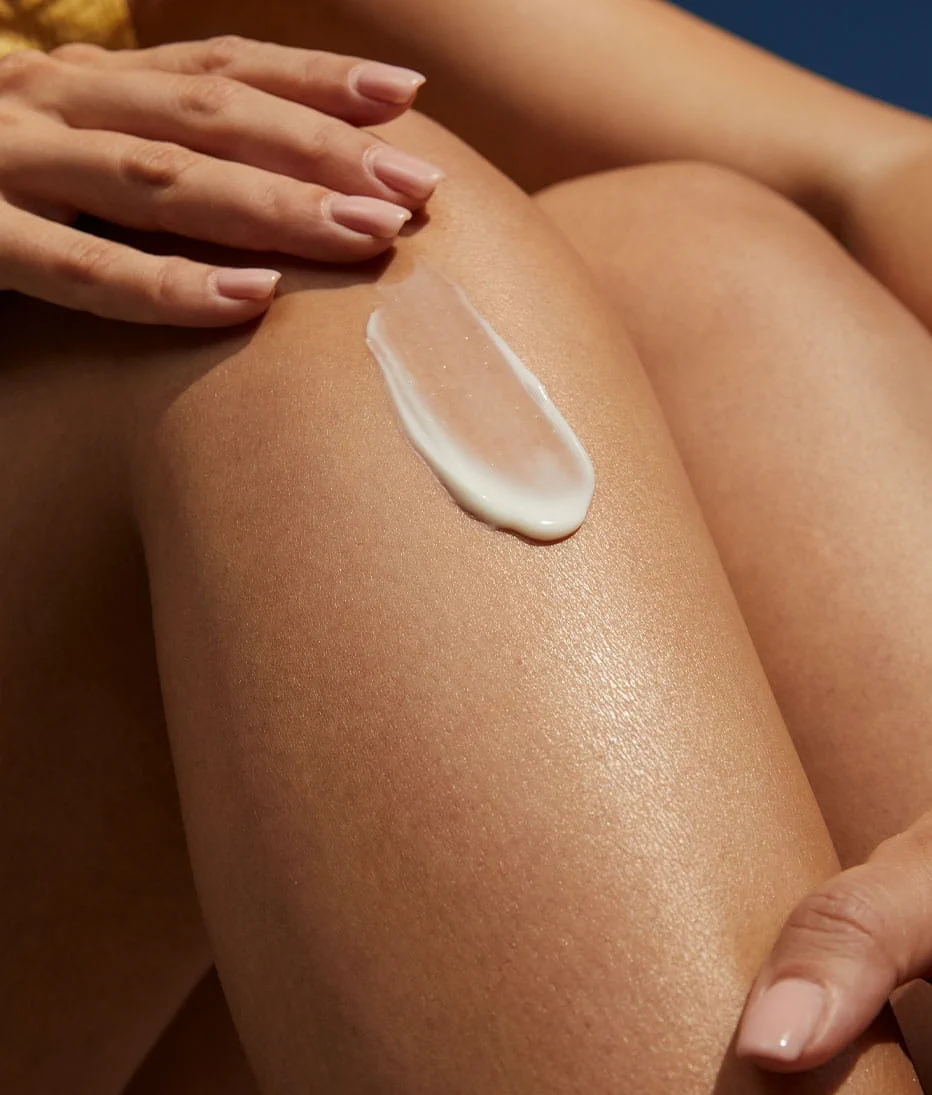
What Are Sun Stroke Symptoms
Discover what the sun stroke symptoms are and some of the causes
What is sun stroke?
Simply put, sun stroke is a condition where the body has become overheated, usually as a result of being exposed to too much sun or high temperatures for an extended period of time. It can be serious if not treated quickly, as it can affect your heart, lungs and kidneys.
Understandably, the risks of sun stroke are much higher during the summer months, but it can occur at any time - especially if you’ve been exercising vigorously. If you suspect that you or someone you know is showing signs of sun stroke, it’s important that they receive medical attention immediately.
Understandably, the risks of sun stroke are much higher during the summer months, but it can occur at any time - especially if you’ve been exercising vigorously. If you suspect that you or someone you know is showing signs of sun stroke, it’s important that they receive medical attention immediately.
Is sun stroke the same as heat stroke?
What causes sun stroke?
What are the sun stroke symptoms?
As temperatures rise, it’s important to keep an eye out for signs that a person might be experiencing a heat stroke or heat exhaustion. Sun stroke symptoms can start with something as simple as muscle cramping or a high temperature, which can quickly turn into:
- Severe headaches
- Dizziness and disorientation
- Feeling of confusion
- Nausea
- Sudden loss of appetite
- Excessive sweating and pale, clammy skin.
- Rapid breathing or pulse.
- Unquenchable thirst
- Severe headaches
- Dizziness and disorientation
- Feeling of confusion
- Nausea
- Sudden loss of appetite
- Excessive sweating and pale, clammy skin.
- Rapid breathing or pulse.
- Unquenchable thirst
Who is at risk of heat stroke?
Anyone could have a heat stroke - but people who fit into the following categories are the ones most at risk:
Heat stroke in children
How to treat sun stroke
The most important thing to remember when it comes to sun stroke treatment is to seek medical attention if the sun stroke symptoms are lasting for more than 30 minutes. This is a sign that heat exhaustion has turned into full heat stroke, which can be very dangerous.
If the sun stroke symptoms have only just started to show, then there are a few things you could try for sun stroke treatment:
- Drink water or sports drinks - rehydration is super important, so drink as much water as you can. Sports drinks are also great for replacing electrolytes that your body will have lost through excessive sweating.
- Move to a cooler location - if you’ve been sat directly in the sun, try moving into a shaded area to allow your body to cool down. If you’re indoors, try removing an item of clothing.
- Take a cold shower - to help your body temperature decrease rapidly, a cold shower will help you cool down. Alternatively you could try ice packs if you have them.
- Lie down - try not to take part in any strenuous activity whilst you try to recover - even walking. Any physical exertion is likely going to increase your body temperature even more, which you should avoid.
Again, sun stroke is considered a medical emergency. So if you’ve tried one or two of these and the sun stroke symptoms have still not subsided, call your local emergency services and try to see a doctor right away.
If the sun stroke symptoms have only just started to show, then there are a few things you could try for sun stroke treatment:
- Drink water or sports drinks - rehydration is super important, so drink as much water as you can. Sports drinks are also great for replacing electrolytes that your body will have lost through excessive sweating.
- Move to a cooler location - if you’ve been sat directly in the sun, try moving into a shaded area to allow your body to cool down. If you’re indoors, try removing an item of clothing.
- Take a cold shower - to help your body temperature decrease rapidly, a cold shower will help you cool down. Alternatively you could try ice packs if you have them.
- Lie down - try not to take part in any strenuous activity whilst you try to recover - even walking. Any physical exertion is likely going to increase your body temperature even more, which you should avoid.
Again, sun stroke is considered a medical emergency. So if you’ve tried one or two of these and the sun stroke symptoms have still not subsided, call your local emergency services and try to see a doctor right away.





